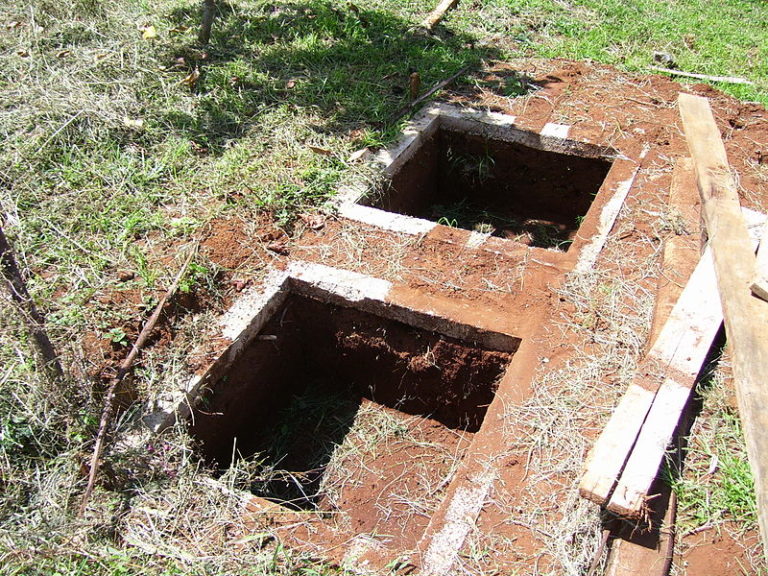

A lot is being said about the damage artificial fertilizers cause to the produce and even to the soil. It renders the soil useless after a while. Once the plants or trees get used to artificial manure they will not yield unless they are fed with this fertilizer. It is best that artificial fertilizers are never used in the first place.
Producing one’s own compost is the best way to feed whatever is grown in one’s garden. It has another advantage in that it can solve the problem of disposing wet and dry garbage This issue of filling roadsides with garbage is yet not solved and the idea of creating compost pits could to some extent go in that direction.
While those owning properties will have space for compost pits, those living in flats could use huge drums for this purpose.
There is never a day when garbage is not produced. The dustbins in the kitchen overflow with whatever activity that throws out waste. There will be dead leaves, rotten fruits and trimmings of plants and trees available in gardens. All this can be used to make compost
Pits are dug and every day whatever is available is dumped in pits or drums as the case may be. It goes without saying that plastic bags and other items that are not biodegradable need to be separated. Once a week soil is spread over it. This is repeated until the pits or drums are full. In between salt or lime powder is mixed to neutralize or balance the acidity. Some mild insecticide could also be used if one spots ants as kitchen waste does attract ants.
Normally it will take about a year for the compost to be ready. This is the best fertilizer even for the most hungry roses. Rose growers could do away with the rose mix that is normally used.
While applying the compost it needs to be mixed with a bit of soil and sand for even distribution.
Nggak Nyangka! Hidup Gue Berubah Total! Gue bukan siapa-siapa. Cuma anak kos biasa yang kerja serabutan buat nutup biaya hidup… Read More
What is the Main Cause of a Heart Attack? What is its Solution? A heart attack is the blockage of… Read More
In the vast economic arena, one term that often takes center stage, inciting extensive debates and discussions, is the "debt… Read More
De-Dollarization: The Changing Face of Global Finance The financial landscape is in a state of flux, with an intriguing economic… Read More
The curtains closed on a dramatic Bundesliga season with Bayern Munich standing tall once again, clinching their 11th straight title.… Read More
The Unfolding Story of Celine Dion's Health In recent news that has left fans across the globe stunned, iconic singer… Read More
View Comments
Good post. Wow it take such a long time to make homemade compist but if you could recycle garbage, then it is worth to try it out.
I have many pits and I get compost round the year. I do not use artificial fertilisers in my garden
Yes it is a good article on how put aside extra material as leaves, garbage...Before you start piling on, recognize that there are two types of composting: cold and hot.
Cold composting is as simple as collecting yard waste or taking out the organic materials in your trash (such as fruit and vegetable peels, coffee grounds and filters, and eggshells) and then corralling them in a pile or bin. Over the course of a year or so, the material will decompose.
Hot composting is for the more serious gardener, and you get compost in one to three months during warm weather. Four ingredients are required for fast-cooking hot compost: nitrogen, carbon, air, and water. Together, these items feed microorganisms, which speed up the process of decay
To create your own organic hot-compost heap, wait until you have enough materials to make a pile at least 3 feet deep. Then, to ensure an even composition of materials, create alternating 4- to 8-inch-deep layers of green materials (kitchen scraps, fresh leaves, coffee grounds) and brown materials (dried leaves, shredded paper, untreated sawdust).
Sprinkle water over the pile regularly so it has the consistency of a damp sponge. Don't add too much water -- otherwise the microorganisms in your pile will become waterlogged and drown. If this happens, your pile will rot instead of compost.
Check to see if your pile is decomposing by monitoring temperature. Check the temperature of the pile with a thermometer, or simply reach into the middle of the pile with your hand.
We have small bins where we mix soil and vegetable and fruit peelings. We turn this compost every time and leave it open so it will get some moisture. Here in the tropics, it's somewhat easy to generate your own compost pile.